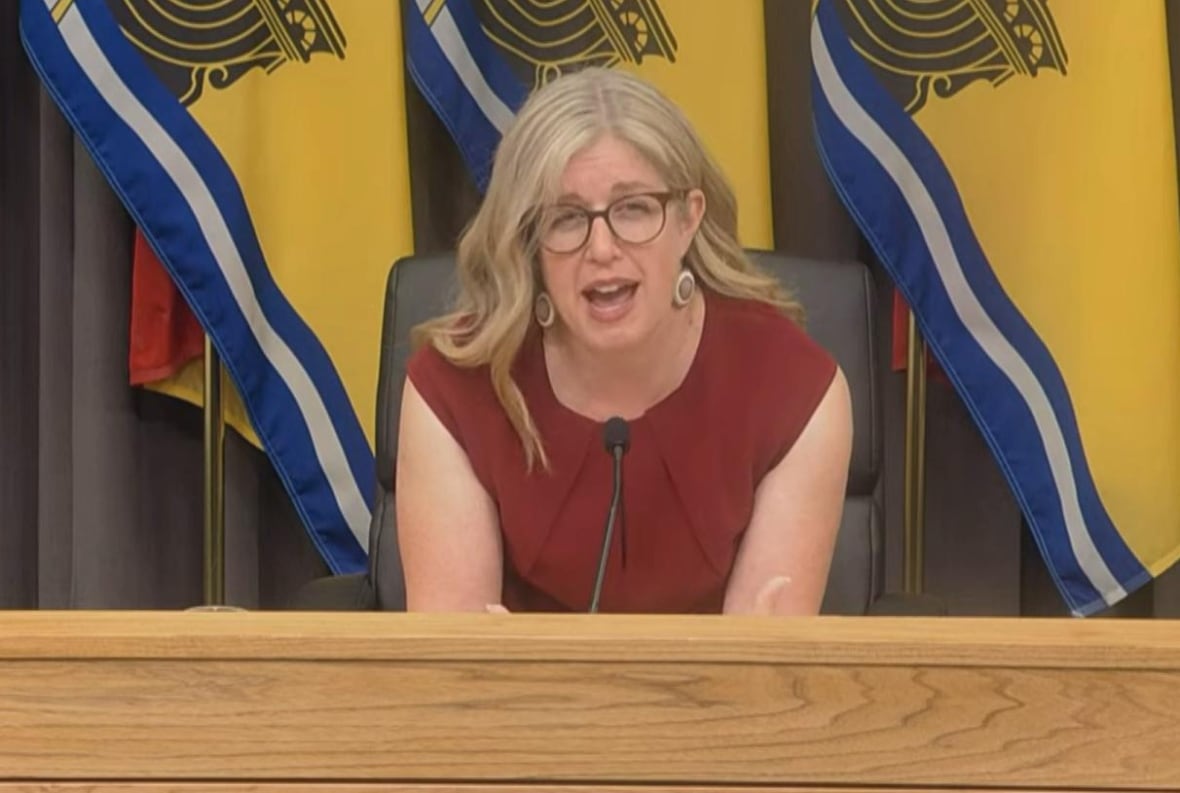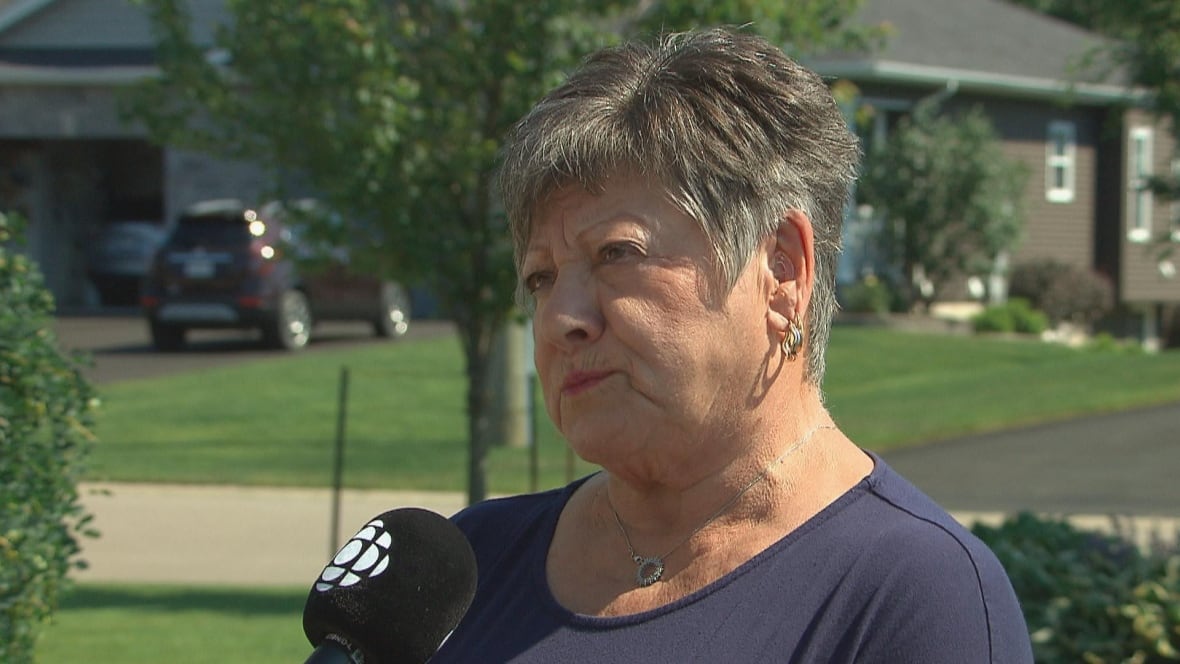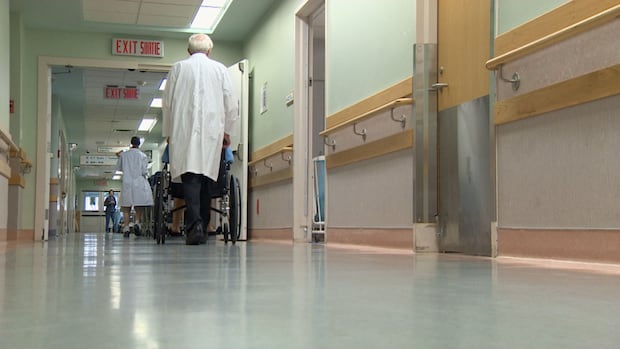The nursing home wait-list crisis hitting some of New Brunswick’s biggest hospitals this summer may be setting new records, but it should not come as a surprise.
Governments have known for decades the province’s population was aging, and they would have to cope with an ever-growing number of seniors needing care.
“We’re well behind the eight ball and we’re trying to play catch up,” Premier Susan Holt acknowledged at a recent news conference.
As early as 1991, a report warned that the province had to get serious about in-home care services.
The report, Enhancing Seniors’ Independence: Building for the Future, drafted under Frank McKenna’s Liberal government, projected the seniors’ share of the population soaring from nine per cent in 1976 to a then-staggering 13.1 per cent by 2006.
Last year, they made up 22.9 per cent.
Without a policy shift, “inappropriate admissions” to hospitals and nursing homes would fill up available beds — a costly option compared to home care, according to the 34-year-old report.
Government reports dating back more than 30 years warned that an aging New Brunswick population required a shift to more home care.
Both parties have known for the last 20 to 30 years that this tsunami was coming,” said Florence Parks, a 76-year-old Saint John resident and former nursing home employee who contacted CBC News this week.
“Nobody did anything about it.”
Holt lamented at her July 17 news conference “a history of not moving quickly enough to transform how we deliver care in New Brunswick. And so we have a perfect storm.”
Earlier in the week, Horizon issued a public plea for the province to grant “critical state admission prioritization status” for more than 650 hospital patients who did not need acute care but were waiting for placement in a long-term care facility such as a nursing home.

“It causes emergency department wait times to grow longer. It forces care to be delivered in hallways, dining areas, lounges, and other makeshift spaces — conditions that are far from ideal for patients, families, and staff,” CEO Margaret Melanson said.
Holt’s government agreed to the measure for 30 days.
The premier said the estimates of how many people need care in nursing homes and special-care homes “has increased and increased and increased” faster than the creation of beds in such facilities — despite the trend being well-known for a long time.

“We live in an aging society and with that brings different challenges,” Progressive Conservative premier Bernard Lord said during the 2006 election campaign. “Seniors need more senior care.”
He was visiting the construction site of a nursing home outside Saint John, a project that had been delayed multiple times.
He said the new home would “ease some of the pressure from what is often called bed-blockers” in New Brunswick hospitals.
But Lord didn’t promise any additional new nursing homes in that campaign. Nor did the leader who defeated him, Liberal Shawn Graham.
“Home care has to come first and foremost, but will they fix it?” said Cecile Cassista, executive director of the Coalition for Seniors and Nursing Home Residents’ Rights. “I’ve been saying that for 20 years: ‘You need to fix it.’ And they’re not fixing it.”
“There’s no political will. If there was, they’d do it. They make lots of promises during elections. But there is no will to fix the issue. They know there’s an issue, but they only jump on it when there’s a crisis.”
Last week, Holt blamed the Progressive Conservative government of Blaine Higgs for not moving fast enough on primary care to head off the pressure facing hospitals this summer.
And home care “hasn’t really had any attention over the last number of years,” she said.
The 1991 McKenna government report forecasting an aging population and calling for more home care, was the first of many.
But leaders often focused their promises elsewhere.
In 2006, Lord and Graham sparred over who would do more, and who would move faster, to exempt seniors’ assets from the calculation of what they pay toward nursing home costs — in other words, to put a larger share of the expense on taxpayers.
A subsequent report by the province’s auditor-general concluded such policy changes contributed to huge increases to the waiting list for nursing home care.
Population of seniors is over 196,000
A 2008 Graham government report on senior care, “Be Independent. Longer,” also called for expanded home care.
That report underestimated how much the population was aging, projecting that 188,300 New Brunswickers would be 65 years old or older by 2026.
But Statistics Canada estimated last year the number was already above 196,000.
In 2012, PC premier David Alward said the potential cost of caring for a larger and larger cohort of seniors kept him awake at night.
Alward commissioned a report that called for New Brunswickers to “fundamentally change the way they view aging and the role of older adults.”
A 2017 report for the Liberal government of Brian Gallant also warned of an aging population.
It called for more provincial support for home care programs, which it said was in “a sorry stage.”
At that time, Horizon hospitals were looking after an average of 466 alternative-level-of-care patients — people who could have been in nursing homes or special care homes.
The number increased to 480 in 2018-19, dipped for three years during the COVID-19 pandemic, and was pushing 500 in 2022-23.
It surpassed 600 this year.
One government attempted bold action during that time: the PC government of Blaine Higgs launched a reform in 2019 eliminate night-time emergency care at six small hospitals and turn them into alternative-level-of-care facilities with a total of 120 beds.
But the ER reductions were so unpopular, Higgs backed down within days.
Expansion of Nursing Homes Without Walls program
Last week, when the Holt government agreed to Horizon’s request to put alternative-level-of-care patients at the top of the nursing home wait list, it was unable to say how many people might actually be transferred.
On Monday, the province agreed to a similar request from the Vitalité Health Network for the Chaleur Regional Hospital in Bathurst.
The Liberals hope an expansion of the Nursing Homes Without Walls program, put in place by Higgs, will make it easier for some seniors to remain in their homes — and make more beds available for transfers from hospitals.
The program provides some nursing home-style services to seniors living in their own homes.
“We’re starting to see some of that work snowball a bit, but there’s a lot more to be done,” Holt said.
She also acknowledged that the performance target she set for nursing homes in her state of the province speech in January may seem underwhelming.
The goal is to keep the provincial waiting list exactly where it was at the time — 1,088 patients — until 2028.
Given the growing number of seniors in need of care, even that isn’t easy, Holt said.
“The current demographic projections would see the number of people waiting in hospitals and waiting at home for those beds going up exponentially,” she said.
“And so for us, it was the the best we believed we could do was reduce that exponential increase, such that we were maintaining the list as is.”
That’s not a great forecast for hospital administrators, but Holt said other initiatives, such as improvements to primary care, should ease the pressure further.
And after more than three decades of warnings, simply preventing the problem from getting worse would represent a grim achievement.







